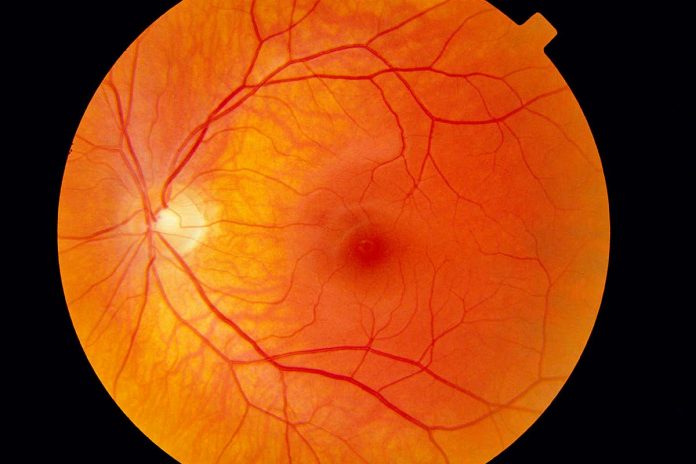
PAUL PARKER/SCIENCE PHOTO LIBRARY
A gene therapy for a rare form of blindness seems to work well – but the genes injected into one eye have been found to travel to the untreated eye. The discovery has implications for safety, as well as for how the therapy’s effectiveness is measured, because such trials usually compare the treated eye’s vision with that of the untreated eye.
The experimental therapy is for a condition called Leber’s hereditary optic neuropathy, which usually affects young men and leads to progressive sight loss. It is caused by a mutation in one of the genes inside mitochondria, the energy-producing structures inside cells. This kills off cells of the retina, the patch of tissue at the back of the eye that turns light into electrical signals.
The gene therapy involves injecting a harmless virus containing the gene into the eye, where it is taken up by retinal cells. These start making the protein encoded by this gene, which passes into their mitochondria and helps preserve their remaining retina.
Advertisement
Eye disorders are a popular target for gene therapies, because they can be delivered to just one eye and if they cause deterioration, people would still have their untreated eye. In the latest 37-person trial, nearly two years after treatment, 29 of the participants had at least some vision improvements in both their eyes. Of these, 25 had clinically relevant improvement in their treated eye.
The treatment was therefore unsuccessful according to the original criteria, which were to compare vision in the treated eye against that in the untreated eye. The difference in eyesight improvement wasn’t statistically significant. Because the untreated eye may also receive the therapy, future trials may need to compare people given the gene therapy with a group who get placebo injections, says Patrick Yu-Wai-Man at the University of Cambridge.
The improvement in both eyes in 29 participants suggests that, at least in this form of gene therapy, the virus can leave the treated eye. To work out what was going on, Yu-Wai-Man and his colleagues injected the virus into one eye of three macaque monkeys, and after three months examined their visual systems. They found the virus in both eyes of all three animals. It could also be seen in their optic nerves, suggesting that it had travelled down the optic nerve of the treated eye, passed into the other optic nerve where the two nerves cross over, and moved into the untreated eye.
Several other gene therapies are being investigated for different types of blindness, some of which are delivered by injecting underneath the retina, which might not allow the genetic material to travel in the same way.
“I’m not sure this is good or bad news, but it’s fascinating news,” says Michel Michaelides at University College London. “It’s an important finding that should be taken into account when designing studies.”
Journal reference: Science Translational Medicine, DOI: 10.1126/scitranslmed.aaz7423
Sign up to our free Health Check newsletter for a round-up of all the health and fitness news you need to know, every Saturday
More on these topics:











